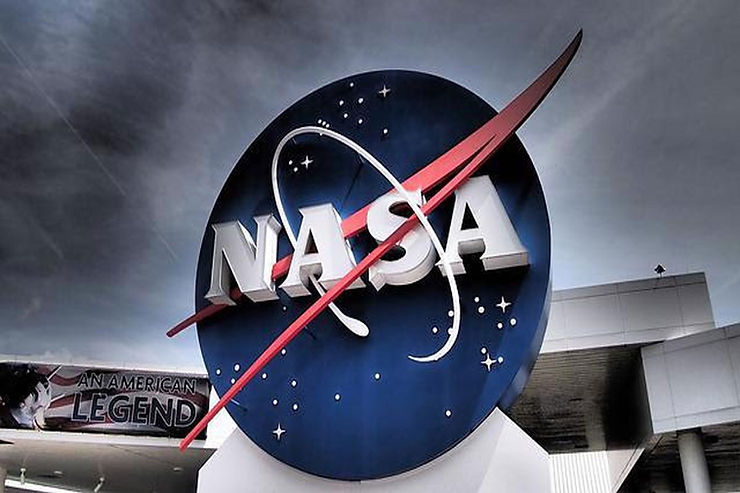By: Katherine Wu
In early June, NASA decided to join the hunt for UFOs after seeing 140 flying objects that officials were not able to identify. UFOs are high-risk, high-impact and making it important to dealt with caution.
In response to the UFOs, NASA believes that they can help improve the world’s understanding of the unknown. They think that science is what will help them achieve this goal, even if this goal does not seem possible. That hard work is what comes with dealing with science.
“NASA believes that the tools of scientific discovery are powerful and apply here also,” Thomas Zurbuchen, the Associate Administrator for the Science Mission Directorate at NASA, said in a statement. “We have the tools and team who can help us improve our understanding of the unknown. That’s the very definition of what science is. That’s what we do.”
Zurbuchen wants to push NASA to take on risky projects, even if they may not be the traditional type of events people like to see. Zurbuchen knows that people do not necessarily think of UFOs as something realistic or important, but he believes this research to be just as important as any other type of discovery.
NASA’s initiative will be directed by David Spergel, who is the president of the Simons Foundation in New York, and former chair of the astrophysics department at Princeton University, and Daniel Evans who is the assistant deputy associate administrator for research at NASA’s science mission directorate.
Still, NASA wants to study undefined aerial phenomena (UAPs) because they fit into the agency’s mission of looking for signs of life beyond Earth, from studying water on Mars to exploring the moons of Saturn and Jupiter.
The only piece of information they have is that they will need to look at varieties of phenomena because the lack of knowledge on UFOs. Their team may not understand much about the UAPs, but they’re determined to collect more data on this phenomenon and keep exploring what they can do to understand the UAPs.
According to a report by the Directorate of National Intelligence, “some UAP appeared to remain stationary in winds aloft, move against the wind, maneuver abruptly, or move at considerable speed, without discernible means of propulsion.” “In a small number of cases, military aircraft systems processed radio frequency (RF) energy associated with UAP sightings,” the report said.
Source: https://s3.amazonaws.com/appforest_uf/f1655668233259x635074597787360400/NASA%20joins%20hunt%20for%20UFOs%20-%20The%20Washington%20Post.pdf











